OpenEar Bone F1 – Bone Conduction Headphone
$129.00
The OpenEar F1 bone conduction headphones with built-in storage, IP68 waterproof rating, and Bluetooth 5.3 for crystal-clear listening during workouts, swims, and daily use.
In stock (can be backordered)
Features:
- Bypass Ear Infections:
Bone conduction headphones transmit sound through the bones of the skull, completely bypassing the ear canal and middle ear. This makes them ideal for people with recurring outer or middle ear infections. It allows continued audio use without irritating the ear or worsening infections.
- Safe for Mastoid Cavities:
For patients with a mastoid cavity after surgery, traditional headphones can be uncomfortable or unhygienic. Bone conduction avoids contact with the area altogether, reducing risk of moisture buildup and infection. It offers a safer, cleaner listening alternative for post-surgical ears.
- Relief for Tinnitus:
Bone conduction can be used to gently mask tinnitus by playing low-level sound directly through the skull. Because it leaves the ear canal open, users can still hear others speaking. It offers a way to manage bothersome tinnitus without cutting off the surrounding world.
- Great for Narrow Ear Canals:
People with naturally small or narrow ear canals often struggle with in-ear devices that cause discomfort or blockage. Bone conduction headphones sit outside the ear, removing the need for insertion entirely. This makes them more comfortable and easier to tolerate long-term.
- No More Falling Earbuds:
If your earbuds constantly fall out or don’t fit properly, bone conduction is a secure alternative. They rest on your cheekbones and stay in place even during movement. Great for active users or those who find earbuds unreliable.
- Comfort in the Heat:
Standard headphones can trap heat and make ears sweaty, especially in warm weather or while exercising. Bone conduction avoids covering or enclosing the ears. This keeps ears cooler and more comfortable over longer periods.
- Soreness-Free Listening:
Over-ear and in-ear headphones can cause soreness with prolonged use. Bone conduction headphones eliminate pressure on the ear itself, making them ideal for sensitive or irritated ears. They provide gentle, all-day comfort.
- Ideal for Noisy Worksites:
On job sites where hearing ambient sounds and staying connected are both essential, bone conduction is a smart solution. You can wear them with earplugs to reduce harmful noise exposure, while still taking calls and hearing alerts. It helps balance safety and communication without blocking your hearing.
Hot Deals
Specials offers and deals
Secure Payment
Safe and Secure Payment
FREE Shipping
Free shipping over $30
30-Day Return
Satisfaction Guaranteed
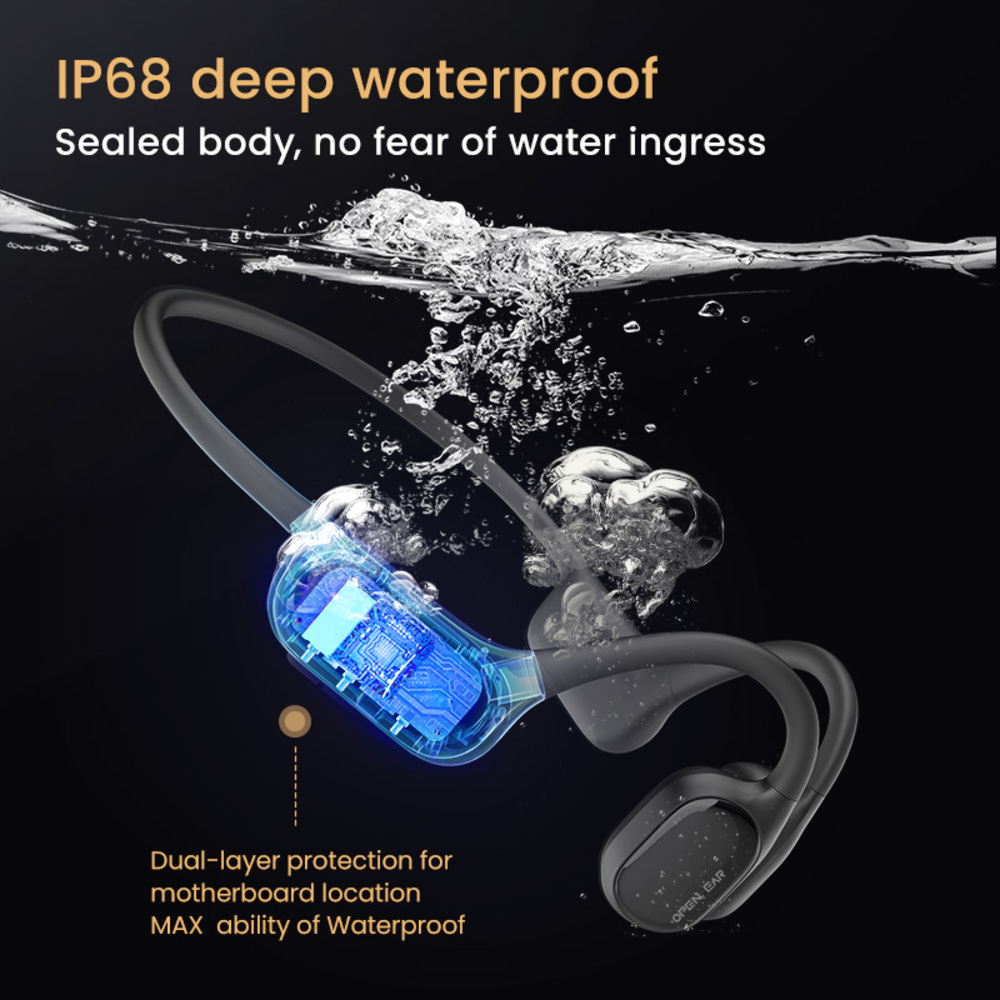
Key Product Features
-
Open-Ear Bone Conduction Design: Keeps your ears free for environmental awareness while delivering clear sound through your cheekbones.
-
Bluetooth 5.3 Connectivity: Provides fast pairing and stable wireless streaming from Android and iPhone devices.
-
32GB MP3 Storage Mode: Supports direct playback without a phone—ideal for swimming or offline use.
-
IP68 Waterproof Rating: Fully submersible up to 2 metres, perfect for swim sessions and rugged conditions.
-
Hands-Free Calling: Built-in microphone enables clear voice calls without needing to reach for your phone.
-
7-Hour Battery Life: Reliable performance for long workouts, commutes, or outdoor use.
-
Magnetic Charging Dock: Hassle-free charging with a secure magnetic connection.
-
Ultra-Lightweight Build: Comfortable and secure fit, designed for sport and all-day wear.
Detailed Specs
Bypass Ear Infections
People who suffer from recurring ear infections, whether in the outer ear (otitis externa) or middle ear (otitis media), often struggle with wearing traditional headphones or earbuds. These devices typically sit inside the ear canal, trapping heat and moisture, which can create an ideal environment for bacteria or fungi to thrive. For individuals with chronic inflammation, eczema, or a history of infection, continued use of in-ear devices can trigger flare-ups or delay healing.
Bone conduction headphones offer a medically sound alternative by bypassing both the ear canal and middle ear entirely. Instead of sending sound through the air into the ear, they transmit vibrations through the cheekbones directly to the cochlea in the inner ear. This means there’s no need for anything to go into or cover the ear, reducing the risk of further irritation, blockage, or infection.
Because they leave the ear completely open, these headphones are especially suitable for people managing active infections or who need to keep their ears dry and ventilated. They’re not only more comfortable during periods of sensitivity, but also enable patients to keep listening to music, audiobooks, or take phone calls without interfering with their ear health. It’s a practical, hygienic solution that protects the ear while maintaining functionality.
Safe for Mastoid Cavities
Patients with a mastoid cavity, commonly following mastoidectomy surgery, face unique challenges when it comes to wearing audio devices. The surgical site is delicate and often irregular in shape, and inserting earbuds or covering the ear with traditional headphones can create pressure, cause discomfort, or trap moisture. This makes daily listening difficult, especially for those who are still healing or require long-term cavity care.
Bone conduction headphones eliminate the need to touch or cover the ear entirely. By transmitting sound via the skull bones, they allow users to enjoy clear audio without placing any device into or over the ear itself. This approach avoids disturbing the cavity, helps reduce the risk of infection, and keeps the area dry, an essential part of long-term post-operative care for many patients.
For individuals with mastoid cavities, these headphones restore a sense of normalcy and convenience. They make it possible to take calls, listen to media, or even use masking sounds for tinnitus, without compromising surgical outcomes or ongoing care. It’s a low-risk, high-comfort option designed with medical realities in mind.
Relief for Tinnitus
For people with tinnitus, especially when it’s bothersome throughout the day, bone conduction headphones offer a practical way to manage symptoms. They can be used to deliver low-level sound or masking noise directly to the inner ear without blocking environmental sounds. This allows users to set the audio at a level just strong enough to soften the tinnitus, while still being able to hear voices, alarms, and other important sounds around them.
Unlike traditional in-ear masking devices, bone conduction headphones leave the ear canal completely open. This means users can maintain normal situational awareness while managing their tinnitus in a discreet and comfortable way. It’s especially helpful in work or social settings where full isolation isn’t possible or preferred.
For individuals looking for a way to manage tinnitus without cutting themselves off from the world, bone conduction provides the flexibility to mask only as much as needed. It gives relief while keeping them fully engaged with their environment.
Great for Narrow Ear Canals
People with naturally narrow or small ear canals often find traditional in-ear headphones uncomfortable, painful, or impossible to wear for extended periods. Earbuds may not fit properly, causing constant slipping, pressure, or even minor abrasions. In some cases, forcing a poor fit can lead to blocked ears, wax impaction, or skin irritation, especially in children or individuals with anatomical differences.
Bone conduction headphones offer a practical, non-invasive solution by completely bypassing the ear canal. Instead of being inserted into the ear, they sit securely on the cheekbones, sending sound directly to the inner ear via bone vibrations. This makes them ideal for anyone who struggles with conventional earbud fit, comfort, or hygiene.
Because nothing goes into or rests on the ear itself, users can enjoy long listening sessions without discomfort or disruption. Whether it’s for children with tiny ears, adults with anatomical variations, or anyone sensitive to pressure in the ear canal, bone conduction provides a comfortable alternative that doesn’t compromise on sound clarity or usability.
No More Falling Earbuds
For many people, earbuds are frustratingly unreliable. Whether due to ear shape, movement, or poor fit, traditional earbuds often fall out, especially when walking, running, or working. This makes them impractical for anyone with an active lifestyle, and potentially unsafe in scenarios where dropping an earbud could result in damage or distraction.
Bone conduction headphones are designed to stay securely in place. They wrap around the head and rest just in front of the ears, offering a stable fit that doesn’t rely on insertion or suction. Since they don’t depend on the shape or depth of the ear canal, users can move freely without worrying about readjustment or lost earbuds.
This makes them especially appealing to those who are on the go, whether exercising, working outdoors, or simply commuting. With bone conduction, there’s no need to compromise on movement or sound quality. The headphones stay put, deliver consistent audio, and eliminate the constant hassle of refitting or recovering fallen earbuds.
Comfort in the Heat
Standard headphones and earbuds often create a seal around or inside the ear, which can trap heat and moisture, especially during warmer weather, exercise, or extended use. For many users, this leads to sweaty, overheated ears and a general sense of discomfort. Over time, it can also contribute to irritation, blocked ears, or an increase in earwax production.
Bone conduction headphones solve this issue by leaving the ears completely uncovered. The devices rest just in front of the ear on the cheekbone, allowing full ventilation and natural air flow while still delivering high-quality sound. This keeps the ears cool and dry, even during intense activity or long listening sessions.
For anyone who finds traditional headphones stuffy or unpleasant in hot or humid conditions, bone conduction is a breathable, comfortable alternative. Whether it’s for a gym workout, a full workday, or a long commute, users can enjoy uninterrupted audio without overheating or ear fatigue.
Soreness-Free Listening
Many users find that headphones, especially over-ear or in-ear models, cause discomfort with prolonged wear. The pressure from headbands, tight earcups, or earbuds inserted deep in the canal can lead to soreness, skin irritation, or even headaches. This is particularly problematic for people with sensitive ears or those who rely on headphones for daily use.
Bone conduction headphones avoid all contact with the ears themselves. By sitting on the sides of the head, they transmit sound without applying pressure to the outer ear or inserting anything into the canal. This removes the most common sources of headphone discomfort while maintaining a secure and stable fit.
For users who experience pain or fatigue from conventional headphone use, bone conduction provides a lightweight and pressure-free listening experience. It’s ideal for long sessions, like work calls, audiobooks, or streaming, where comfort is just as important as sound quality.
Ideal for Noisy Worksites
In high-noise environments like construction sites or workshops, staying aware of surroundings is critical, but so is the ability to take phone calls or receive instructions. Traditional headphones either block out ambient sounds or don’t provide clear enough communication, making them unsuitable for these settings. Bone conduction headphones offer a unique solution: they deliver audio while leaving the ears open and alert.
These headphones can be worn comfortably with earplugs, reducing harmful noise exposure while still allowing calls and communication through the bone conduction path. Workers can hear machines, voices, and safety alerts while also staying connected to their devices. For people who frequently move between noisy environments and phone-based tasks, this balance is ideal.
It’s a safer, smarter option for job sites where hearing protection, awareness, and connectivity all need to happen at once. Bone conduction headphones help workers stay compliant, stay alert, and stay in touch, all without sacrificing safety.
FAQ's
How do hearing aids work?
Hearing aids work by picking up sound through a microphone, amplifying the sound via an internal amplifier, and then delivering the sound to the ear through a speaker. Modern hearing aids also have advanced features to reduce background noise and focus on speech clarity.
What types of hearing aids are available?
- There are several types of hearing aids, including:
- Behind-the-Ear (BTE): Worn behind the ear with a tube leading to the ear canal.
- In-the-Ear (ITE): Worn inside the outer ear, covering the entire ear.
- In-the-Canal (ITC): Fits partially inside the ear canal.
- Completely-in-Canal (CIC): Small and fits completely inside the ear canal.
- Receiver-in-Canal (RIC): The receiver (speaker) sits inside the ear canal, while the rest of the device is worn behind the ear.
How do I know which hearing aid is right for me?
The type of hearing aid that is right for you depends on factors such as the severity of your hearing loss, lifestyle, and personal preferences. An audiologist can assess your hearing loss and help recommend the most suitable hearing aid based on your needs.
Are hearing aids covered by insurance?
Coverage for hearing aids varies by insurance provider and plan. Some health insurance policies may cover the cost of hearing aids, while others may offer partial reimbursement. It’s important to check with your insurance provider for specific details on coverage.
Can hearing aids connect to other devices?
Yes, many modern hearing aids offer Bluetooth connectivity, allowing them to pair with smartphones, televisions, and other devices for hands-free communication or audio streaming. You can adjust settings and control the volume via smartphone apps or remotes.
How do I clean and maintain my hearing aid?
To maintain your hearing aid, clean it regularly using a soft cloth or a hearing aid brush to remove dirt and wax buildup. Avoid using water or harsh chemicals. You should also store your hearing aid in a dry place when not in use to prevent moisture damage.
Not Sure Which Hearing Aid Is Right for You?
Finding the right hearing aid can be challenging, but you don’t have to do it alone. Our expert team is here to guide you through the options, ensuring you choose the best device for your hearing needs, lifestyle, and budget.
Get personalised recommendations and take the first step towards better hearing today.

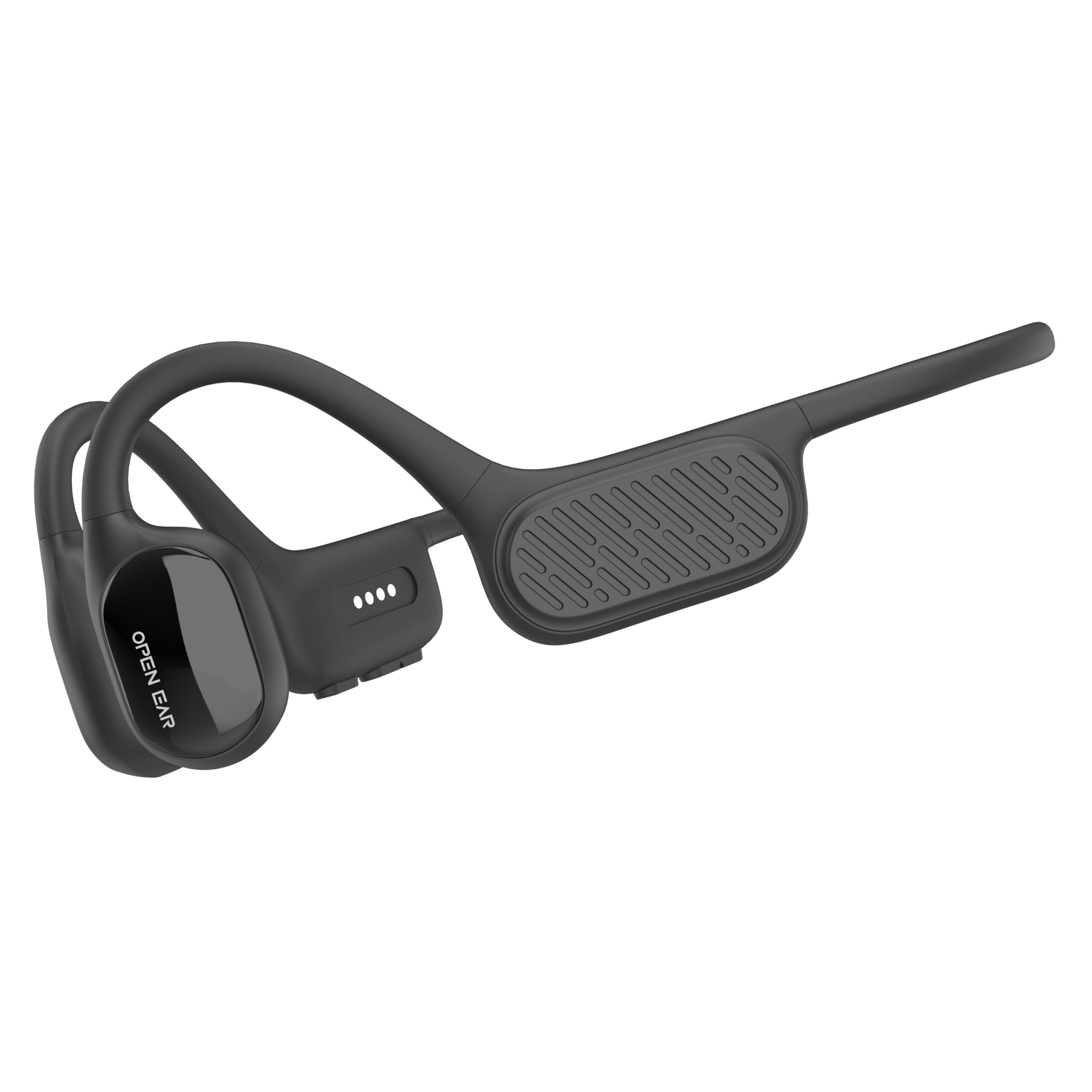
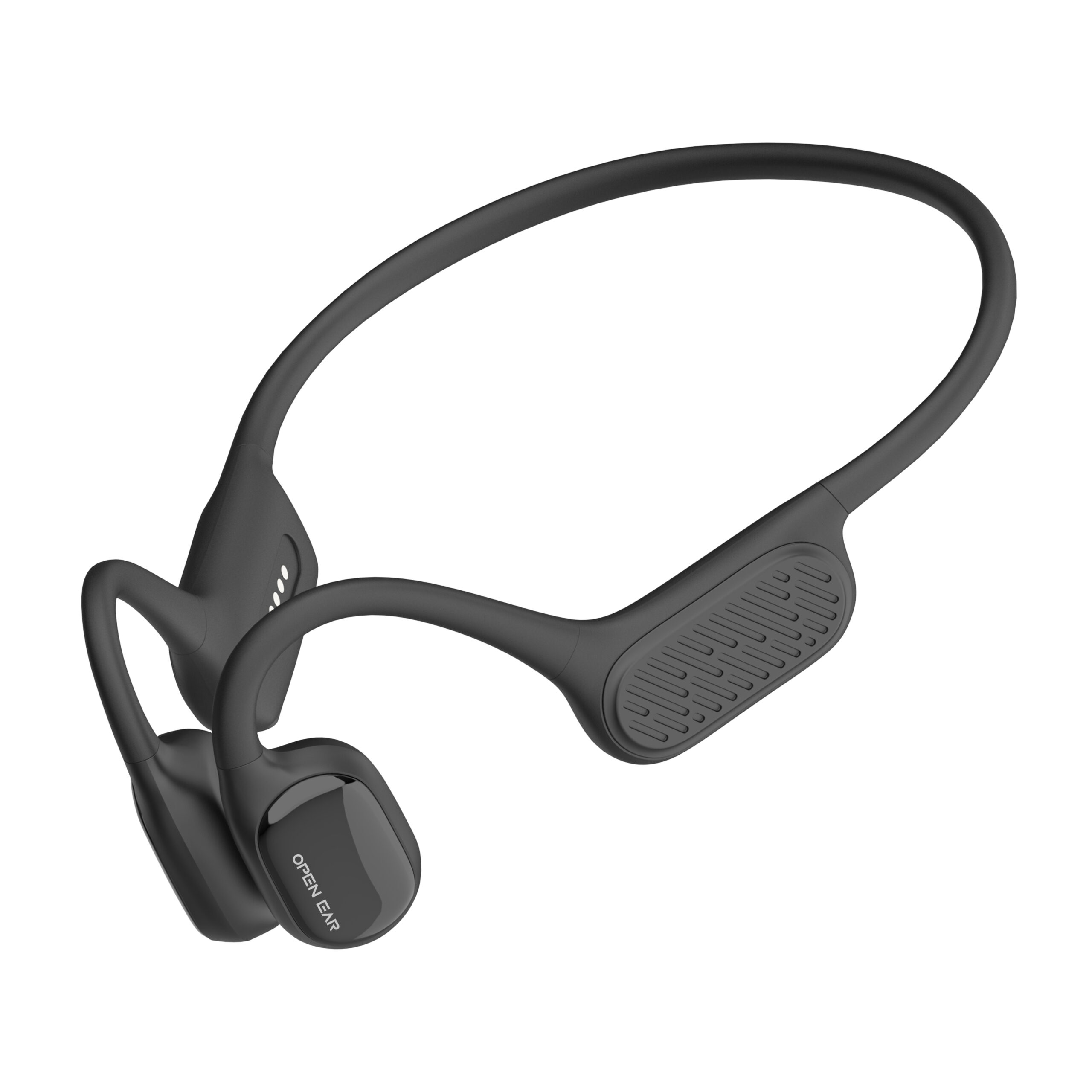
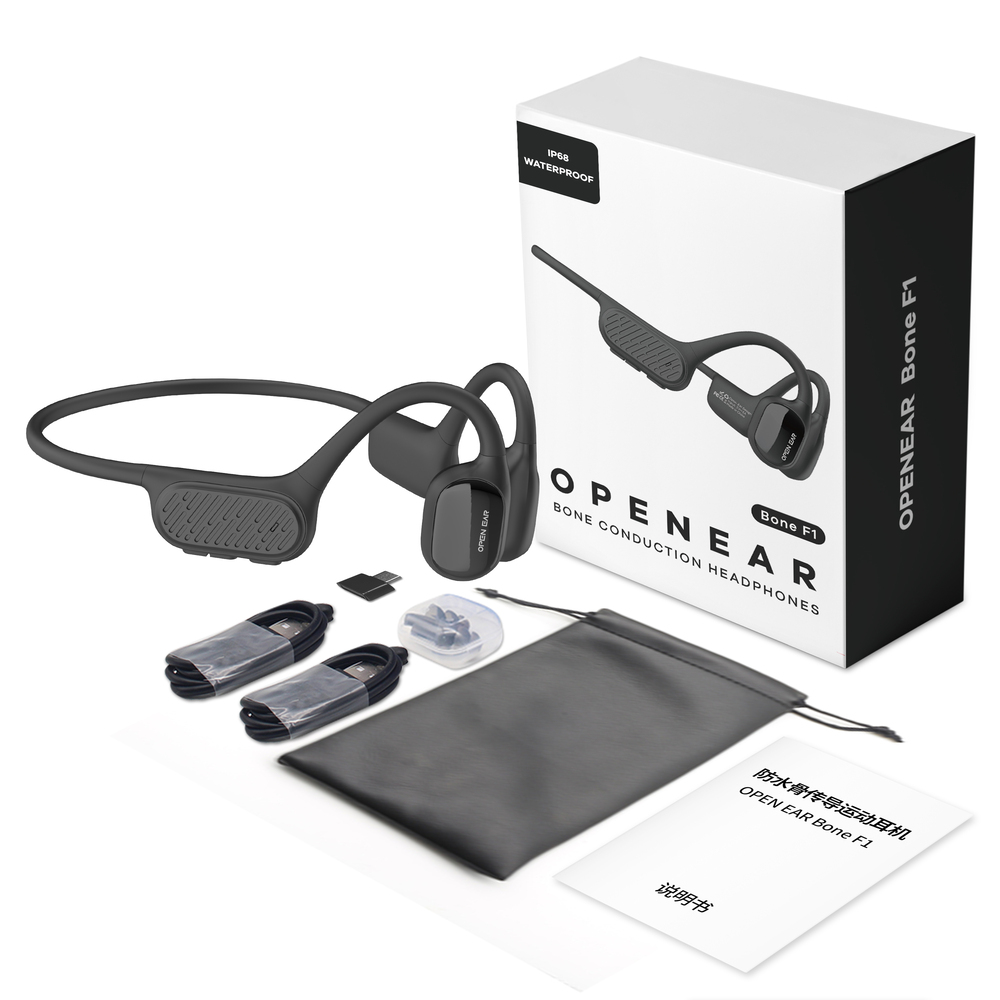
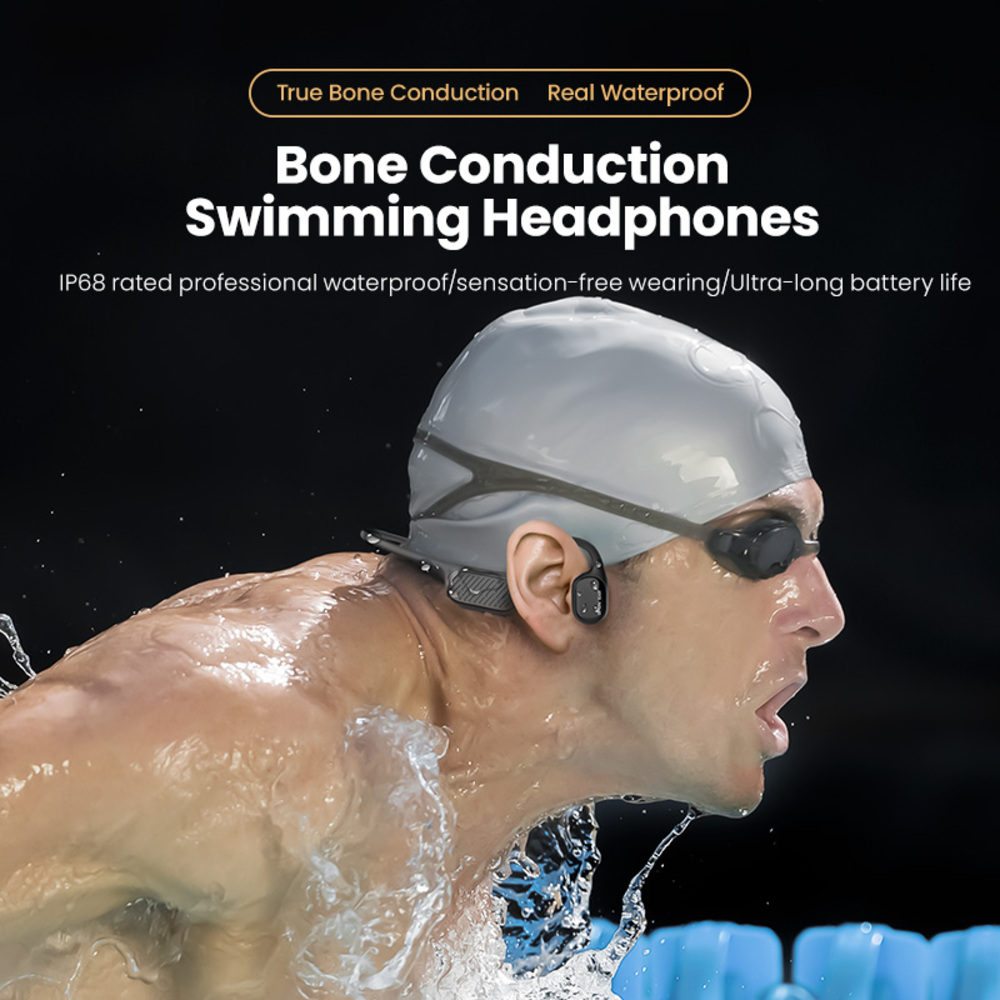

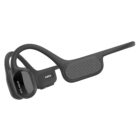
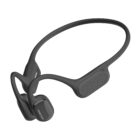
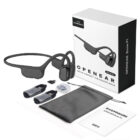
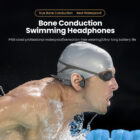
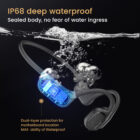

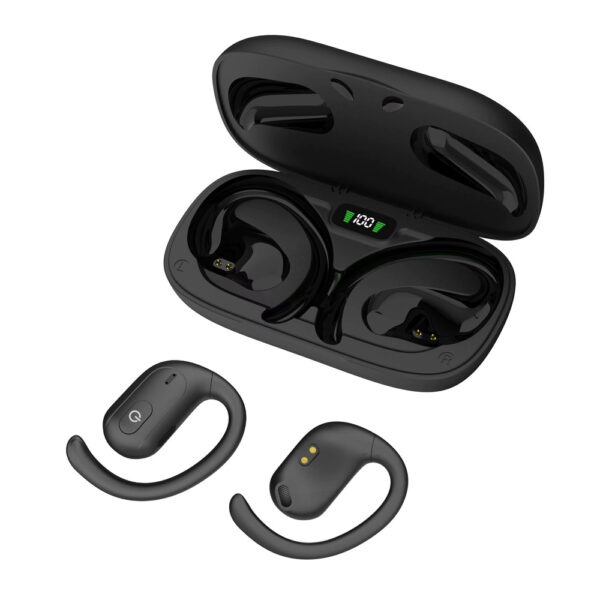
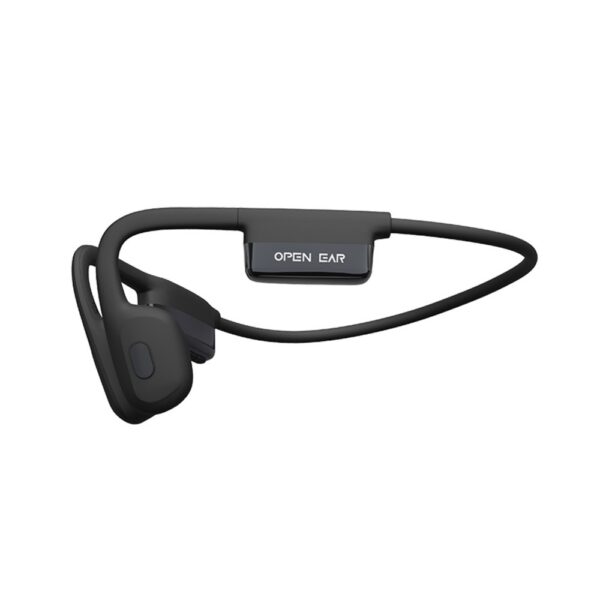
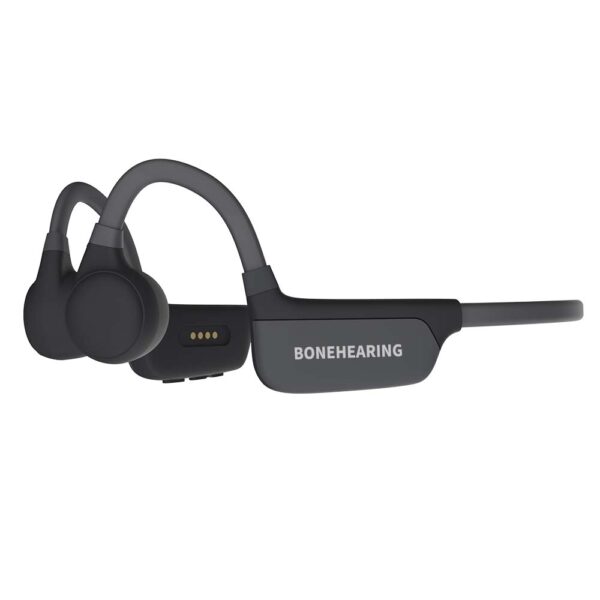



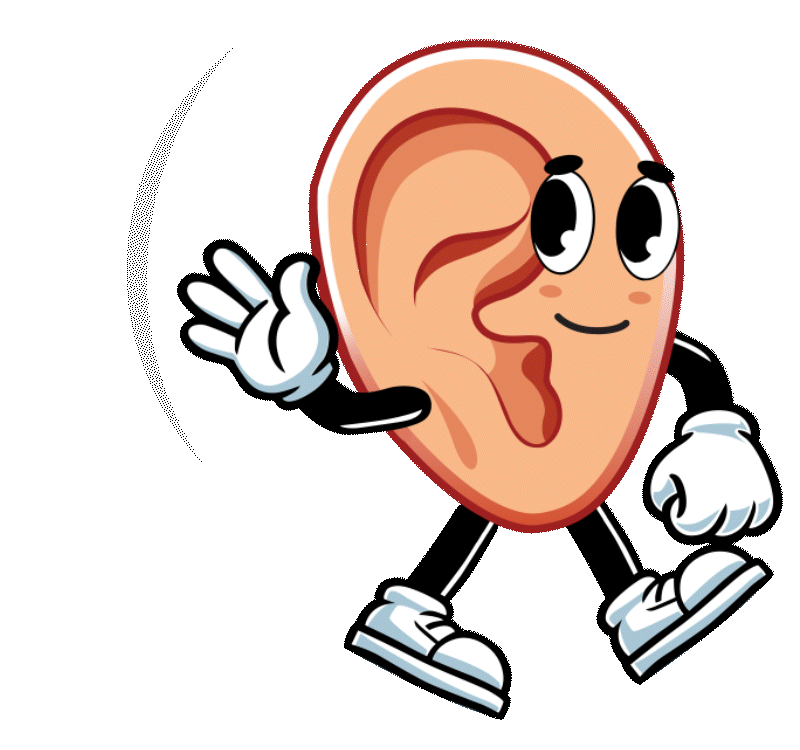 Helping you hear better every day. Our team is here to support your journey with comfort, care, and confidence.
Helping you hear better every day. Our team is here to support your journey with comfort, care, and confidence.